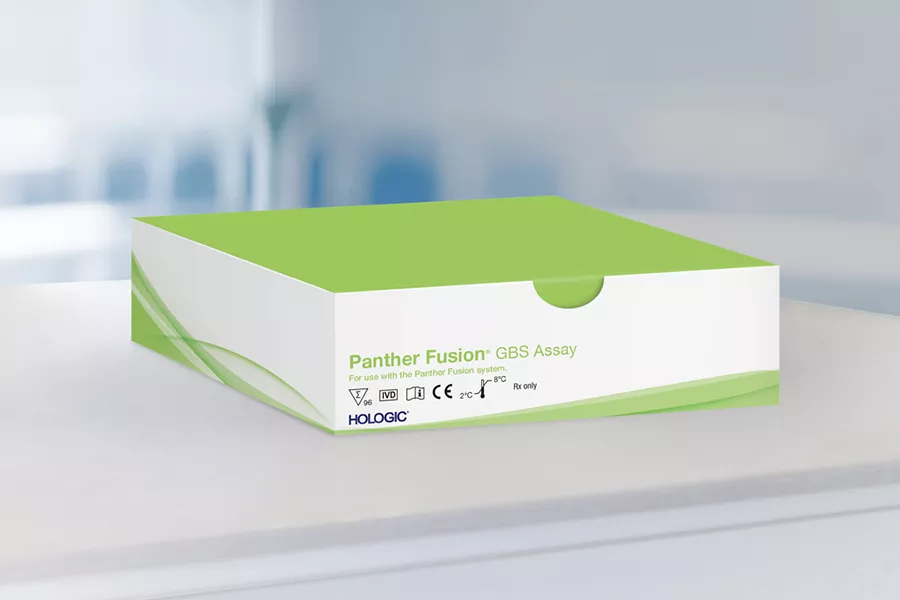Saving Lives Through Accurate Detection: An Overview of GBS Screening Guidelines During Pregnancy

The CDC has recommended universal screening for Group B streptococcus (GBS) bacteria in pregnant patients since 2002. These guidelines sought to reduce rates of early-onset disease (EOD) in newborns from GBS transmission during delivery.1 In 2019, these guidelines were transferred to American Society for Microbiology (ASM) who now maintain guidelines for standard laboratory practices for the prevention GBS disease protecting parents and their newborns.
Universal GBS screening for pregnant women saw widespread and rapid implementation following the CDC’s guidance in 2002, resulting in a significant reduction in transmission rates from mothers to infants.2 While the GBS carrier rate has remained relatively steady, screening has dramatically reduced rates of EOD in newborns, proving the effectiveness of testing.2
However, despite these improvements, GBS remains a public health concern and the leading cause of serious newborn infections.3
In 2019, management of GBS screening guidelines was transferred to three professional organizations: The American College of Obstetricians and Gynecologists (ACOG), American Academy of Pediatrics (AAP), and American Society for Microbiology (ASM).4 Specifically, ASM accepted responsibility for maintaining and updating GBS testing guidelines for standard lab practices.
Updated guidelines include:4
- The recommended screening interval is 36 0/7 to 37 6/7 weeks of pregnancy (previously 35-37 weeks per CDC guidelines).1
- Use a single swab to obtain a screening specimen first from the lower vagina and then from the rectum, without the use of a speculum.
- Transport vaginal-rectal specimens to the testing laboratory within 24 hours.
- FDA-cleared molecular assays for detection of GBS from enrichment broth (LIM or other) are acceptable methods for GBS screening.
NAATs for GBS Screening: A New Standard
ASM’s latest guidelines establish NAATs (nucleic acid amplification tests), like the Panther Fusion® GBS assay, as a method of GBS detection. Culture-based tests have been considered the standard of care for GBS screening in pregnant patients since CDC guidelines were established in 2002.
As acknowledged by ASM, NAATs offer analytical and workflow benefits and when screening from enrichment broth has potentially an increased sensitivity compared to culture-only tests.4 NAATs enable faster turnaround times for GBS detection than culture-only workflows—typically requiring less than five minutes of hands-on time for a single sample.6, 7
Additionally, NAATs from enrichment broth culture are found to be highly sensitive, typically > 96% compared to standard culture methods.4 Notably, ASM does not recommend direct from specimen NAAT without enrichment.4
Meeting ASM Guidelines with the Panther Fusion GBS Assay
As a highly sensitive NAAT, the Panther Fusion GBS assay can accurately detect GBS in pregnant patients while streamlining screening workflows.5 The Panther Fusion GBS assay detects GBS following an incubation in selective enrichment broth culture of Lim Broth or Carrot Broth, adhering to ASM recommendations.4, 8
When it comes to choosing a test that could save newborn lives, it’s important to choose with confidence. Explore how the Panther Fusion GBS assay can help protect your patients and their new families.


